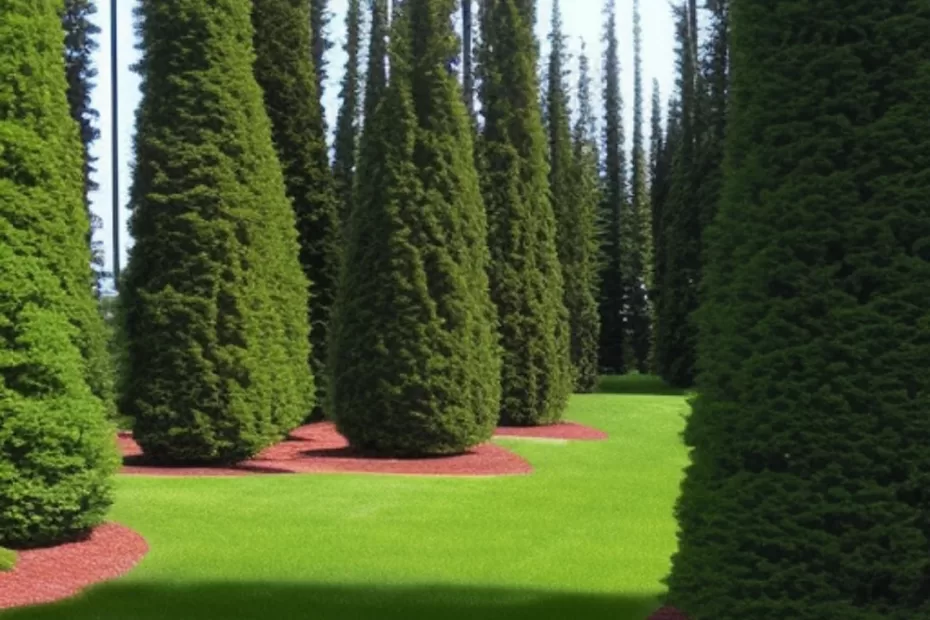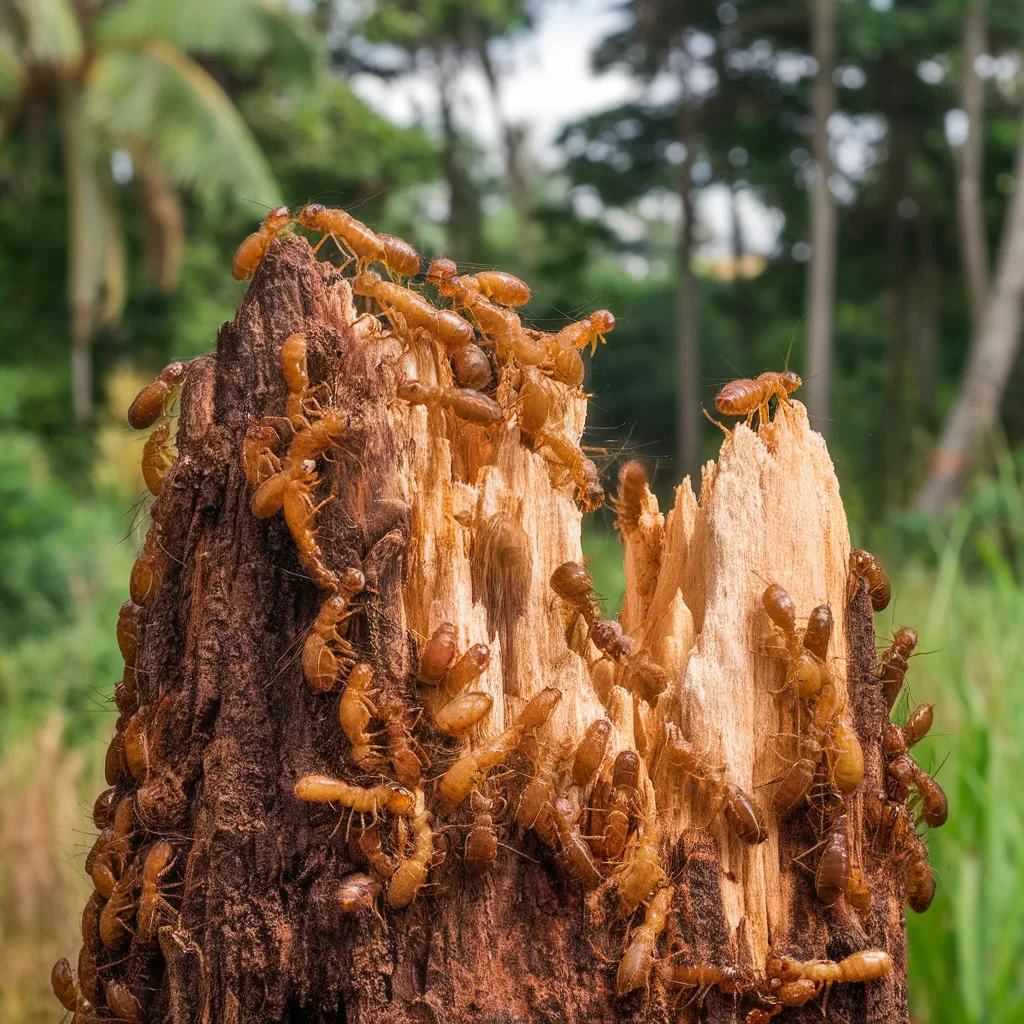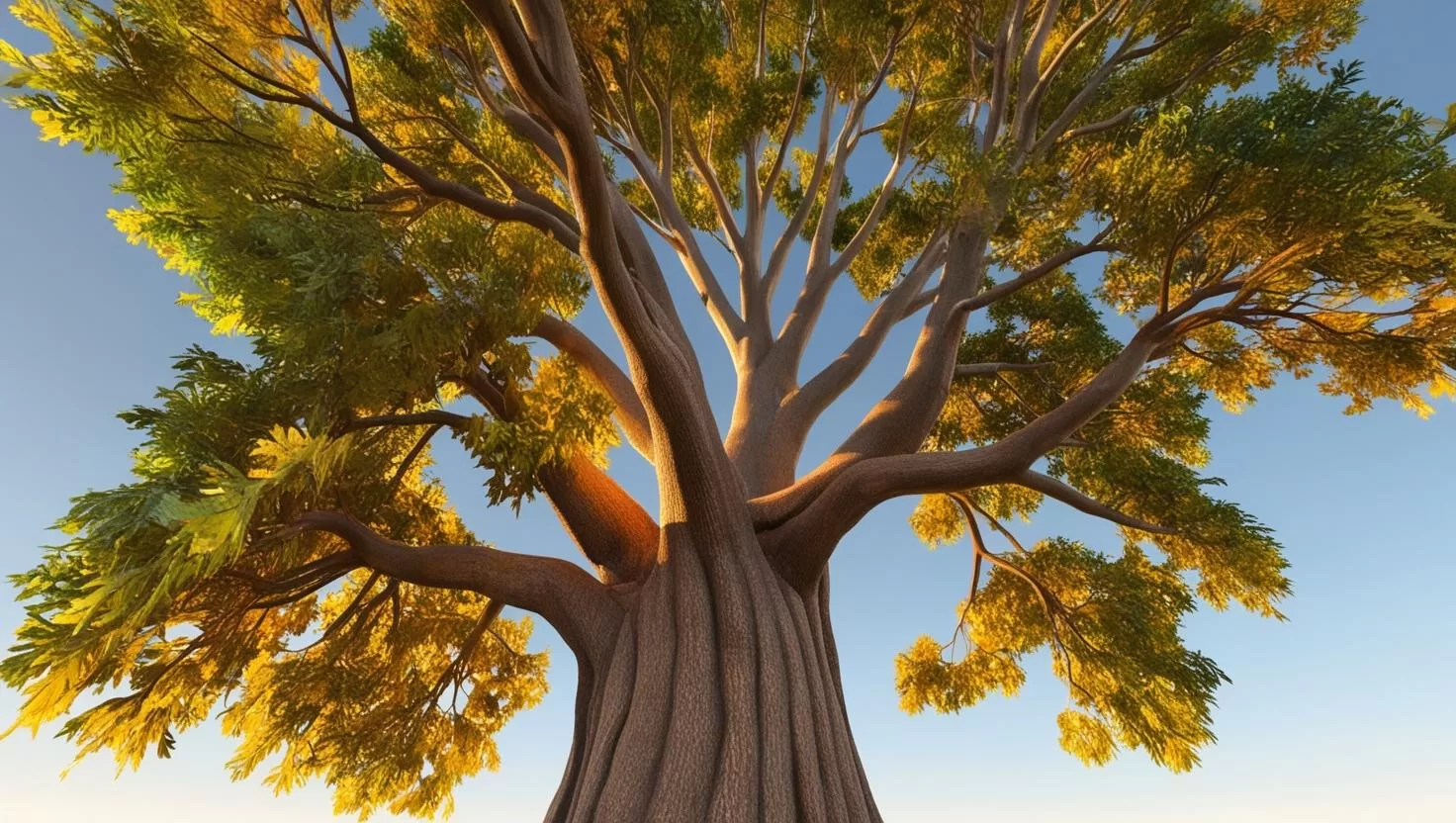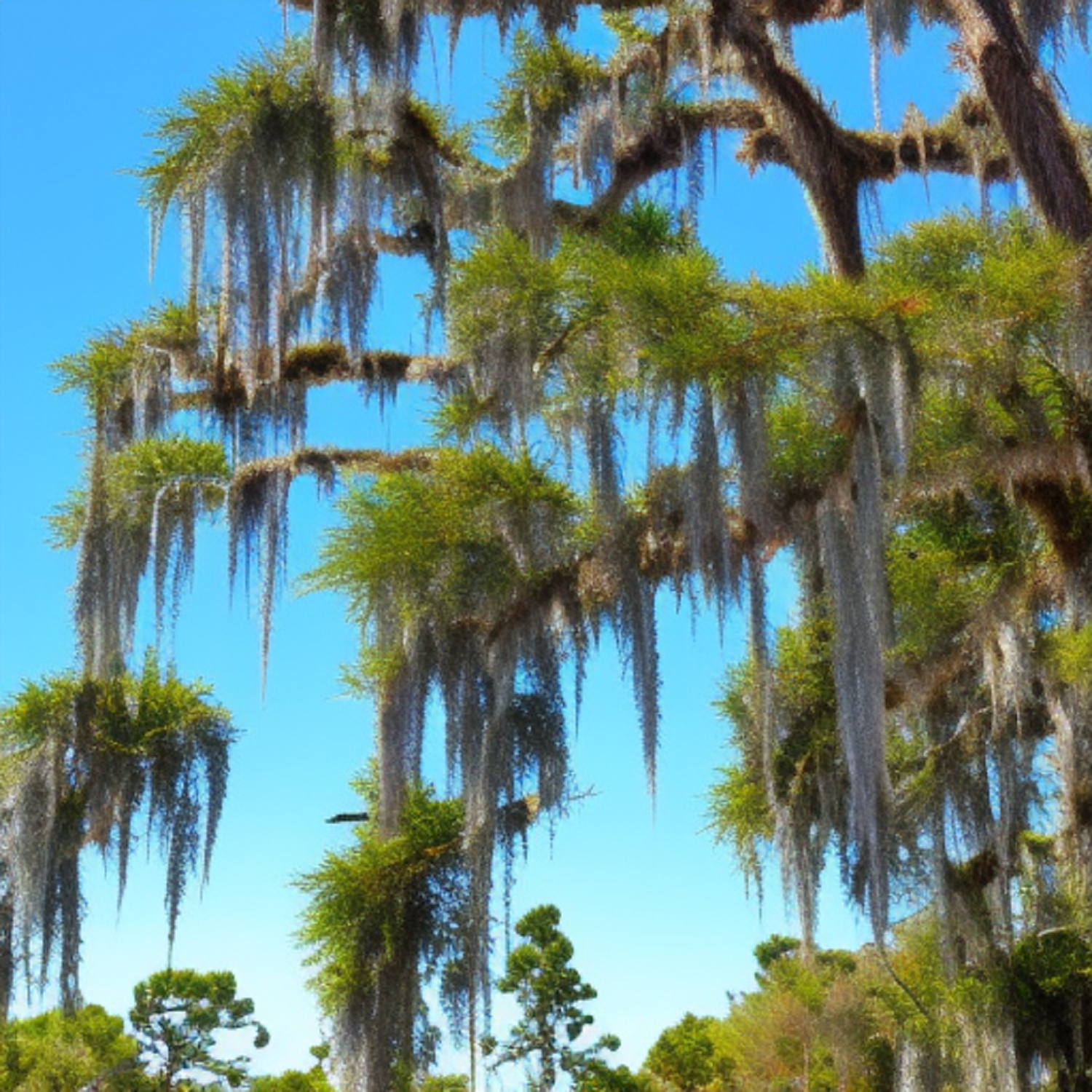The beauty of Arborvitaes in any landscape design is undeniable. Whether you are looking for a border feature, privacy screening, windbreak, or specimen plant, the arborvitae can offer an excellent solution with its wide selection of shapes and sizes.
With proper planting and maintenance, you will enjoy beautiful foliage year after year! In this article, we’ll review some of the primary benefits associated with incorporating Arborvitae into your landscape: their evergreen nature, adaptability to various soil types and climate zones, low-maintenance upkeep requirements, and pest resistance.
Moreover, we’ll provide tips on selecting the right varieties for any space as well as step-by-step guidance outlining best practices from initial purchase to post-planting care. You don’t want to miss out on these helpful insights so read on to learn more about how adding arborvitaes can bring life to your outdoor spaces!
Evergreen Nature of Arborvitae
One of the primary benefits of planting arborvitae in your landscape is their evergreen nature. Arborvitaes are a type of conifer tree and do not experience seasonal dormancy like many deciduous trees, instead retaining bright green foliage throughout year round for an attractive look any time of the year.
This kind of color consistency makes them ideal for creating effective privacy screens or windbreaks that maintain crisp lines between spaces regardless of what season it is. The best species for this purpose would be the Giant Green Arborvitae.
In addition to their beautiful and consistent aesthetic appearance, arborvitae also provides adaptive properties when it comes to soil types and climate zones they can grow in compared with other species of plants.
They naturally tolerate poor soils, survive extreme temperatures – hot or cold – high winds, and prolonged drought periods which make them hardy enough for life outdoors even during challenging weather cycles.
Best still, these trees require minimal maintenance effort as they rarely suffer from pests or disease vulnerabilities so you don’t need to monitor any potential symptoms nearby. All these factors make planting arborvitaes into your existing landscaping design a frustration-free task that won’t take up too much additional work on top of the installation process itself!
Adaptability to Various Soil Types and Climate Zones
The arborvitae is a fast-growing evergreen tree, boasting deep green or dark green foliage that adds beauty and structure to any landscape. It’s easily adapted to diverse soil types and climate zones.
In cooler climates, it has become increasingly popular due to its ability to tolerate freezing temperatures. Even in high-humidity regions of the country like the southern U.S., hardy varieties of arborvitae can thrive with minimal additional care beyond regular pruning for shape and maintenance purposes.
Arborvitaes also help protect your home from cold weather when used as windbreaks in winter months. No matter where you are located within its range, this versatile plant requires very little maintenance for growth – simply water and fertilizer on an as-needed basis, trimming periodically for size control if desired.
Additionally, it is generally pest-resistant which makes it attractive from an environmental standpoint too!
Low-Maintenance Upkeep Requirements and Pest Resistance
When it comes to landscaping maintenance and upkeep, low maintenance is a major concern. By planting Arborvitae you can be assured of minimizing time spent on your garden care and more time enjoying it!
Its evergreen quality makes for fuss-free maintenance as the foliage won’t shed such as with deciduous trees; meaning no need to rake in autumn nor prune dead branches in winter. Just some occasional trimming when desired will keep the plant looking great all year round.
Arborvitae is naturally resistant to most common pests, making them ideal where red spider mites, gypsy moth caterpillars, or worm borers may otherwise attack neighboring plants.
Not only this but thanks to its hardy constitution it can tolerate tough growing conditions that could result from shallow soil, dry air, or salt residue from deicing roads nearby – great news if you want a cost-effective yet attractive solution for larger gardens that may have previously been unattainable or too difficult due to these challenging factors!



